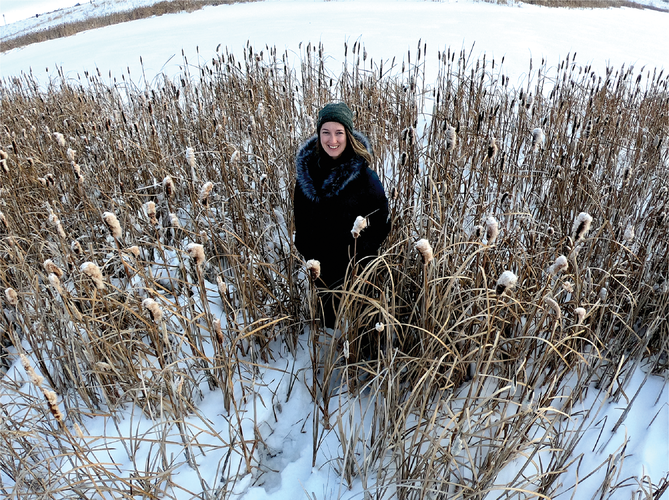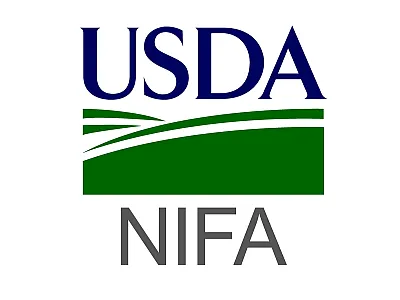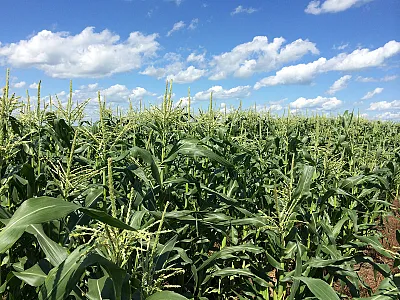Cold Affects Wetland Nutrient Retention

Wetlands can be critical for nutrient removal, helping to control loads to downstream environments. In cold temperate regions, however, sediment freezing could limit the effectiveness of wetlands as a beneficial management practice.
In a recent article in the Journal of Environmental Quality, Canadian researchers reported on efforts to understand how freeze–thaw cycles impact sediments. They looked specifically at whether freezing could inhibit rates of denitrification, a key nitrogen removal process. They found that freeze–thaw events could suppress those rates, demonstrating the potential sensitivity of wetland nitrogen removal to winter conditions.
While there is still much to learn about the effects of changing winter on biogeochemistry, the work highlighted the importance of considering winter in design of beneficial management practices. The study underscores the need to better understand “cold spots” and “cold moments” influencing nutrient cycling in addition to well-studied “hot spots” and “hot moments.” If cold moments, as observed in some wetlands following sediment freezing, combine with hot moments in hydrology like snowmelt, peak nutrient loads may transition through ecosystems when their assimilative capacity is at its minimum.
Considering the potential for “cold moments” will help ensure that best management practices, including urban and constructed wetlands, effectively retain excess nitrogen.
Adapted from Gilmour, K., Hoggarth, C., Williams, C., & Baulch, H.M. (2022). Cold spots and cold moments: The potential for sediment freezing to depress denitrification in wetland sediments. Journal of Environmental Quality, 51, 990–1002. https://doi.org/10.1002/jeq2.20384
Text © . The authors. CC BY-NC-ND 4.0. Except where otherwise noted, images are subject to copyright. Any reuse without express permission from the copyright owner is prohibited.











